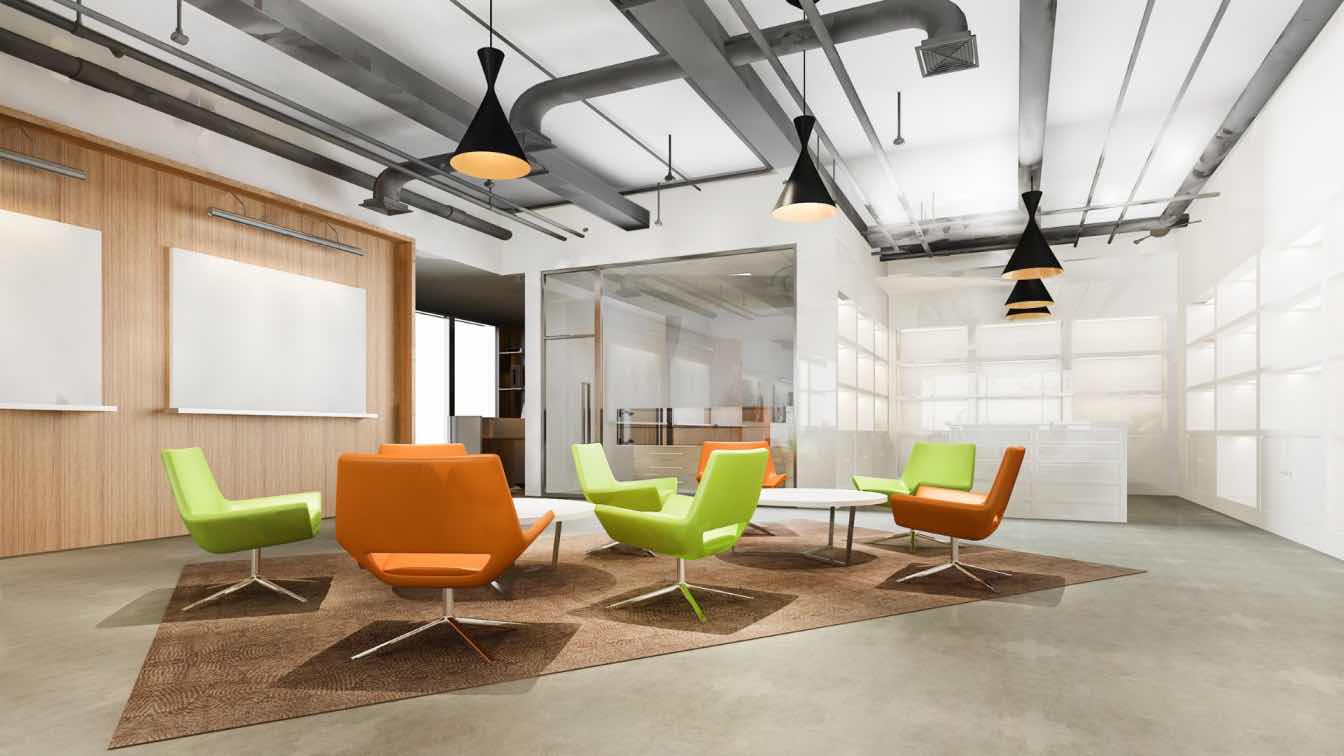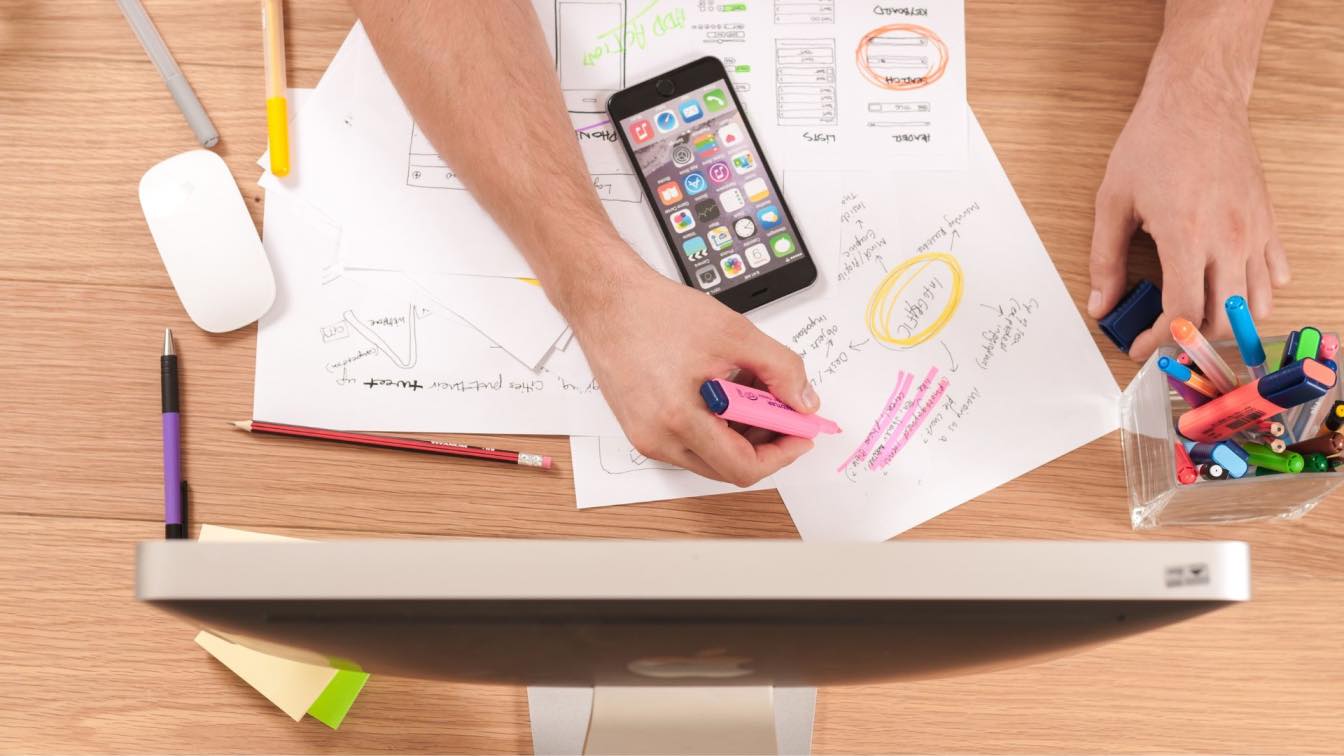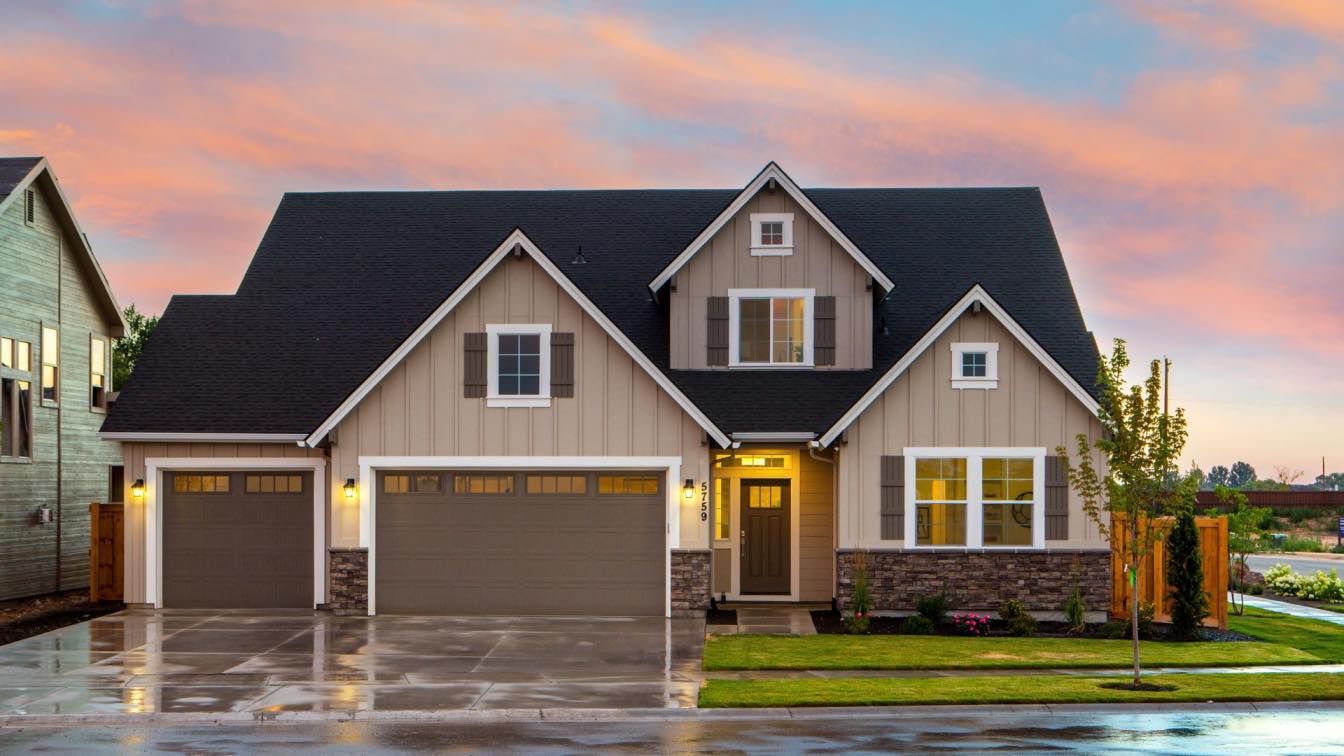The interior design of an office plays a crucial role in shaping the work environment and influencing employee productivity, morale, and overall business success. A well-designed office interior not only enhances the aesthetic appeal of the workspace but also creates a functional and comfortable environment that supports employee well-being and fosters collaboration and creativity. In this blog, we'll explore some top tips for improving the interior of your office, from creating a functional layout to infusing personality and brand identity into the design.
Understand Your Needs and Goals
Before making any changes to your office interior, it's essential to assess your office's specific needs and goals. Consider factors such as space utilization, workflow optimization, and branding considerations to tailor the design to your business requirements. Start by evaluating the current layout and identifying areas for improvement. Are there bottlenecks in workflow? Do employees have adequate space and resources to perform their tasks efficiently? By understanding your needs and goals, you can develop a clear vision for the design and ensure that it aligns with your business objectives.
Create a Functional Layout
One of the most critical aspects of office interior design is creating a functional layout that maximizes space efficiency and supports employee collaboration and productivity. Start by organizing work zones, communal areas, and private spaces to facilitate seamless workflow and employee engagement. Consider implementing open-plan layouts to encourage communication and collaboration among team members, while also providing quiet areas for focused work when needed. Additionally, ensure that essential amenities such as meeting rooms, break areas, and restroom facilities are easily accessible to all employees.
Prioritize Comfort and Ergonomics
Prioritizing comfort and ergonomics in the office is essential for promoting employee well-being and productivity. Investing in ergonomic office furniture, such as an adjustable desk and ergonomic office chair, is crucial for supporting proper posture and reducing the risk of musculoskeletal disorders. Adjustable desks and ergonomic chairs are designed to provide adjustable support for the spine, lumbar region, and arms, allowing employees to maintain a comfortable and healthy standing and seated position throughout the workday. Additionally, optimizing natural lighting, air quality, and temperature control further enhances employee comfort and concentration, creating a conducive work environment that fosters productivity and overall satisfaction. By prioritizing comfort and ergonomics, businesses can demonstrate their commitment to employee welfare while also reaping the benefits of improved performance and morale.
Infuse Personality and Brand Identity
Infusing personality and brand identity into the office space is a powerful way to create a cohesive and inspiring work environment. By incorporating elements that reflect the company's culture, values, and mission, employers can strengthen employee engagement and loyalty while also leaving a lasting impression on clients and visitors. This can be achieved through various design elements, such as branded signage, color schemes, and artwork, that evoke the essence of the brand and create a sense of unity and belonging among employees. By infusing personality and brand identity into the office space, businesses can cultivate a distinct identity that sets them apart from competitors and reinforces their commitment to their core values and principles.
Moreover, infusing personality and brand identity into the office space can also serve as a powerful tool for attracting and retaining top talent. A visually appealing, culturally resonant, and futuristic workspace communicates to prospective employees that the company values creativity, innovation, and individuality, making it an attractive place to work. By showcasing the company's unique personality and brand identity through the office design, employers can create a compelling narrative that resonates with potential hires and reinforces their decision to join the organization. This not only enhances recruitment efforts but also fosters a strong sense of pride and belonging among current employees, driving engagement and retention in the long run.
Enhance Aesthetics with Thoughtful Design Elements
Aesthetics play a significant role in creating a visually appealing and inspiring office environment. Explore various design elements such as lighting, color schemes, textures, and artwork to enhance the aesthetic appeal of your office. Use natural light to create a bright and inviting atmosphere, and incorporate warm colors and textures to add warmth and character to the space. Consider investing in statement pieces of furniture or artwork to create focal points and spark creativity. By paying attention to the details and incorporating thoughtful design elements, you can create an office interior that energizes employees and makes them feel inspired and motivated.
Foster Collaboration and Creativity
Encouraging collaboration and creativity is essential for driving innovation and problem-solving in the workplace. Design your office interior to include collaborative spaces, brainstorming areas, and breakout zones where employees can gather to share ideas and collaborate on projects. Consider incorporating flexible furniture and movable partitions to create adaptable spaces that can easily accommodate different group sizes and activities. Provide tools and resources such as whiteboards, projectors, and digital collaboration software to support teamwork and idea generation. By fostering a collaborative and creative work environment, you can empower your employees to work together more effectively and drive business success.
Embrace Flexibility and Adaptability
In today's fast-paced business environment, flexibility and adaptability are key to staying competitive and responsive to changing market conditions. Design your office interior to be flexible and adaptable, allowing it to evolve and grow along with your business. Invest in modular furniture, movable partitions, and flexible layouts that can be easily reconfigured to accommodate changing needs and preferences. Consider implementing hot desking or activity-based working concepts to allow employees to choose their workspace based on their tasks and preferences. By embracing flexibility and adaptability, you can future-proof your office interior and ensure that it remains functional and relevant for years to come.
Improving the interior of your office is a multifaceted process that requires careful planning, creativity, and attention to detail. By following these top tips, from creating a functional layout to infusing personality and brand identity into the design, you can create a workspace that not only looks great but also supports employee well-being, collaboration, and productivity. Remember to continually assess and adapt your office interior to meet the evolving needs of your business and employees, ensuring that it remains a vibrant and inspiring place to work. With the right design approach, your office interior can become a powerful asset that drives business success and fosters a positive company culture for years to come.





